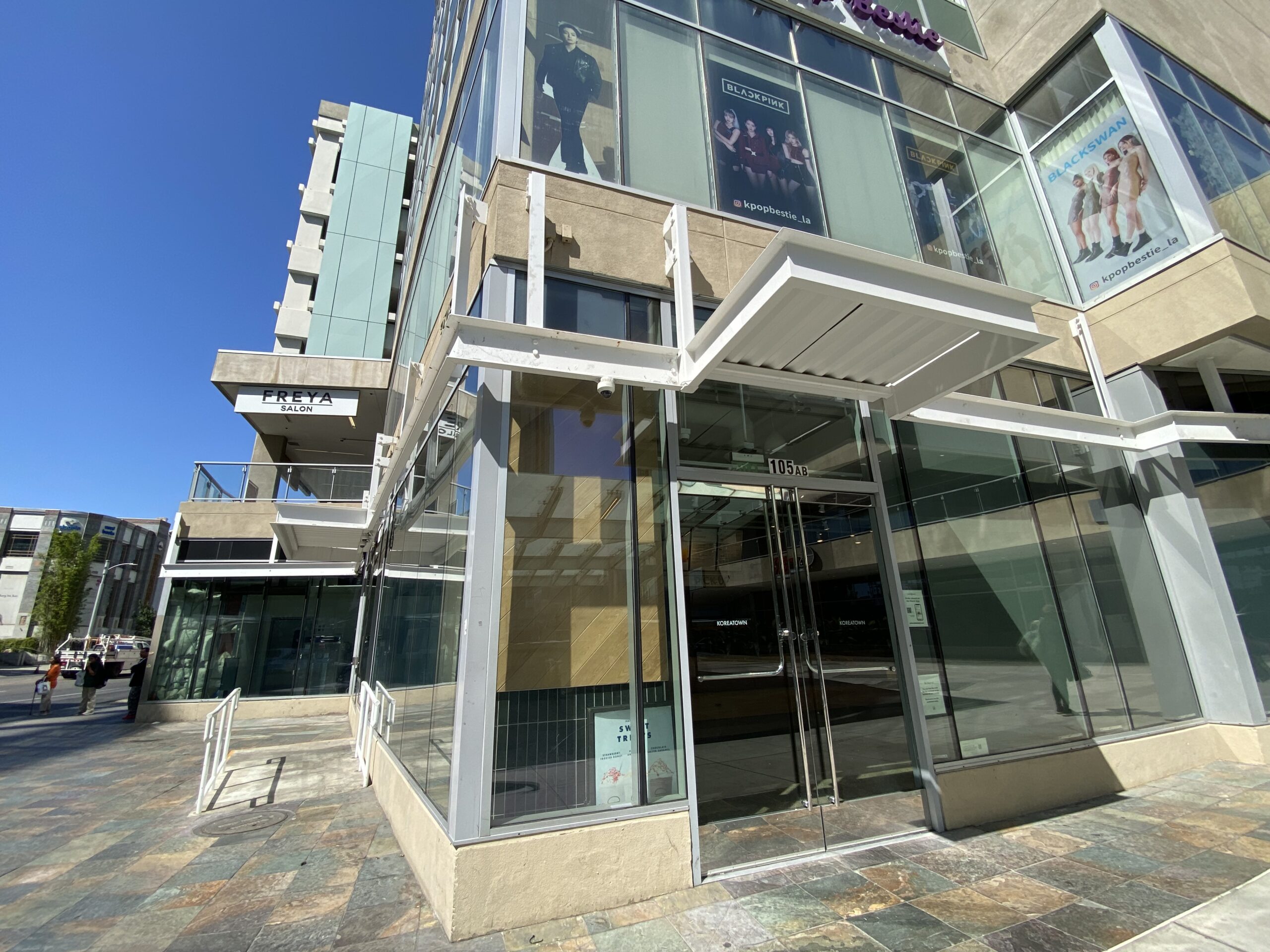
Prolific New York-based burger chain Shake Shack is closing nine stores by fall 2024, four of which are located in Los Angeles proper: DTLA in the Bunker Hill section, Culver City, Koreatown, and Silverlake. The store in Topanga Westfield, located in nearby Woodland Hills, is shuttering as well.
According to the trade publication Restaurant Business, these sudden closures are a result of underperformance due to changes in individual neighborhoods and lots, or “cannibalization” due to having too many stores nearby.
With the sheer size of Los Angeles, cannibalization seems almost impossible: Bunker Hill isn’t that far from Koreatown on a map and both are incredibly dense neighborhoods. However, both locations have utterly different driving, transit, and pedestrian environments despite these similarities. Compared to Culver City and Silverlake, which have more car-dependent sprawl, it seems bewildering that the stores are experiencing low sales due to being too close together. In the same plaza adjacent to the Wilshire/Western Metro station, a grab-and-go Paris Baguette store is literally across and down the street from the larger cafe-style store located inside the MaDang Courtyard outdoor shopping triplex.
A single block’s fast food landscape can vary wildly from the next block. 7th Street in DTLA had a host of new store openings in 2024 like Taco Bell Cantina, local franchise Northern Dumpling, and Hawaiian-style franchise Ono BBQ. The closure of Shake Shack in nearby Bunker Hill leaves the space open for a new contender, like a local restaurateur who wants to make a splash in DTLA’s vibrant food scene, or another franchise.
With Oakland contributing another closure to Shack Shack’s shutter list, why did the chain underperform in the Golden State? Fast food sales are down in general: Restaurant Business reports that fast food traffic declined 2.3% in the second quarter of 2024, despite improving from a 3.5% decline in the first quarter.
This trend is nationwide, not specific to California which enacted a $20 per hour wage for employees of large fast food chains. The LA Times found data suggesting that industry groups massaged the numbers of job loss and restaurant closures, using the holiday slump in sales to claim that paying restaurant workers higher wages resulted in widespread closures. In Shake Shack’s case, the stores were not getting enough sales to justify staying open irrespective of wages.
Moreover, as tastes turn more to higher-end quick-service restaurants and independent eateries, Angelenos remain loyal to western standbys like In and Out, Whataburger, and Fatburger. McDonald’s and Carl’s Jr. are also popular fast food choices. It makes sense that Shake Shack wanted to try to penetrate the market here in Los Angeles.
Some things will thrive when imported from New York, but apparently the Shackburger didn’t.

